The Obstacle Avoiding Robot represents an engaging and educational school project, where students delve into the realms of robotics, programming, and electronics to design and construct a mobile robot capable of autonomously navigating through its environment while evading obstacles. At the heart of this project lies the utilization of ultrasonic sensors, which enable the robot to detect and react to obstacles in its path. Through the integration of sonar proximity sensors, the robot exhibits intelligent behavior by analyzing its surroundings and making real-time decisions to avoid collisions. This project not only fosters technical skills but also nurtures problem-solving abilities as students tackle challenges related to sensor calibration, motor control, and algorithm development.
With a focus on hands-on learning, the Obstacle Avoiding Robot project empowers students to apply theoretical knowledge in practical scenarios, fostering creativity and innovation. As students collaborate to design, build, and program their robots, they gain valuable insights into the principles of robotics and automation. Furthermore, the project encourages critical thinking and experimentation, as students refine their robot’s functionality and optimize its performance. Ultimately, the Obstacle Avoidance Robot project serves as an immersive and enriching educational experience, empowering students to explore the fascinating intersection of technology and innovation while honing essential skills for future endeavors.
COMPONENTS REQUIREMENT:-
- Arduino Uno
- Ultrasonic Sensor
- L298 Driver
- 18650 Li-on Battery
- Bo Motors
- Bo Wheels
- SG90 Servo Motor
- Jumpers Wires
- on off switch
Key Components and Features:
Robot Platform: Select or construct a suitable robot chassis equipped with motor wheels for mobility.
Sensors: Integrate ultrasonic or infrared sensors to detect obstacles in the robot’s vicinity. These sensors will provide distance measurements that the robot can use to make decisions.
Microcontroller: Utilize a microcontroller (e.g., Arduino, Raspberry Pi) to process sensor data and control the robot’s movement.
Algorithm Development: Develop obstacle avoidance algorithms that process sensor data and determine the robot’s path to avoid collisions. Common approaches include the “Bug” algorithm, potential field method, or simple proportional control.
Programming: Write the necessary code to implement the chosen algorithm. This involves reading sensor data, making decisions, and controlling the robot’s motors for movement adjustments.
Motor Control: Implement motor control logic to enable the robot to move forward, backward, and turn smoothly based on algorithm decisions.
Real-time Decision Making: The robot should be capable of making real-time decisions based on sensor inputs to navigate around obstacles dynamically.
Testing and Iteration: Test the robot in controlled environments with various obstacle configurations. Analyse its performance and fine-tune the algorithm for better efficiency.
* Product Images are shown for illustrative purposes only and may differ from actual product.
To Learn More Visit our Website
For more information:-www.mifraelectronics.com
Package Includes :
- 1 x Obstacle Avoidance Robot Project.


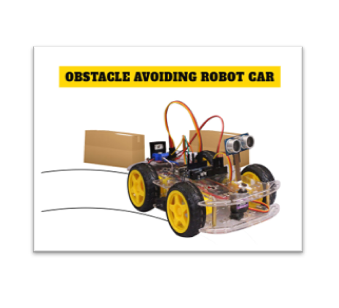
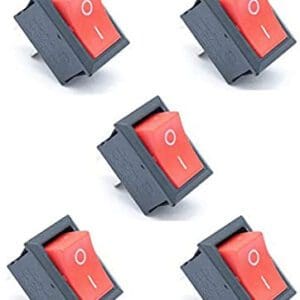
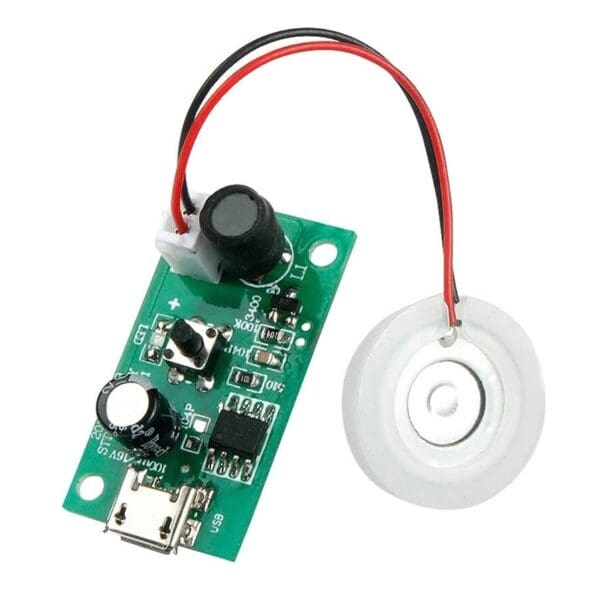

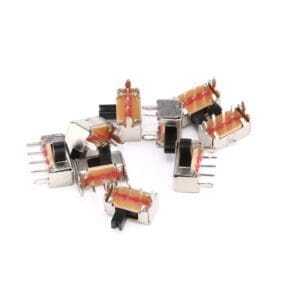
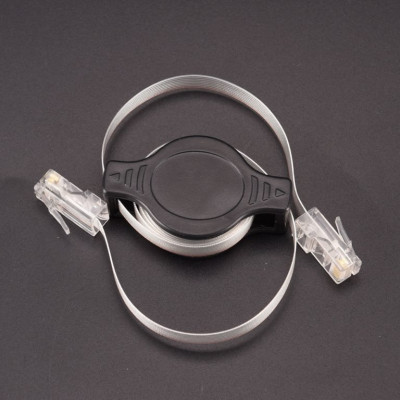

Reviews
There are no reviews yet.